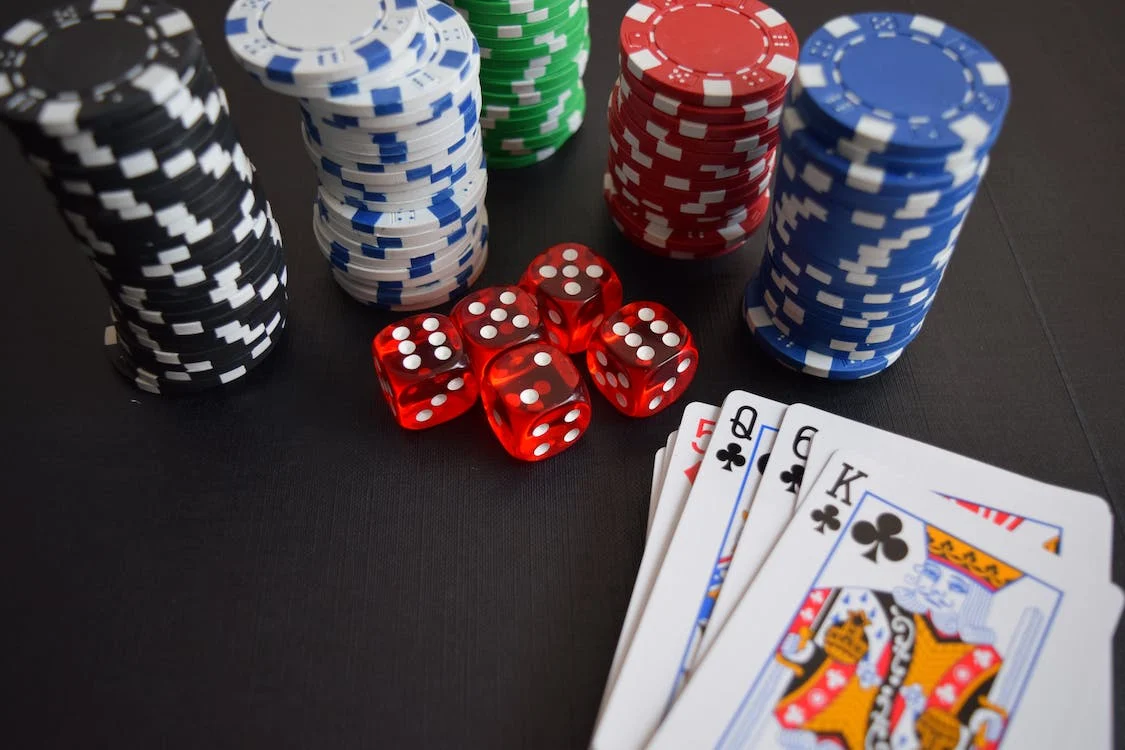
Poker is a game of skill, strategy, and psychology. One of the key elements of success in poker is being able to identify weak players at the table and exploit their mistakes. In this article, we will discuss how to spot weak players in poker and the best strategies for taking advantage of them.
Understanding Weak Players
Weak players in poker are those who make fundamental mistakes in their gameplay. They may be inexperienced, overly aggressive, or simply lacking in strategic knowledge. Weak players tend to make predictable moves, such as betting too much or too little, playing too many hands, and being easily manipulated by more experienced players.
Spotting Weak Players
There are several signs that can help you identify weak players at the poker table:
Consistent Betting Patterns: Weak players often bet in a predictable manner, such as always raising with strong hands and folding with weak hands.
Lack of Bluffing: Weak players tend to avoid bluffing and only bet when they have a strong hand.
Emotional Reactions: Weak players may show emotional reactions, such as frustration or excitement, when they have a good or bad hand.
Playing Too Many Hands: Weak players often play too many hands and do not fold when they should, leading to losses in the long run.
Exploiting Weak Players
Once you have identified weak players at the poker table, it is essential to exploit their mistakes to maximize your winnings. Here are some strategies for taking advantage of weak players:
Play Aggressively: Weak players are more likely to fold to aggressive betting, so be sure to take advantage of this by betting and raising frequently.
Bluffing: Weak players are less likely to call bluffs, so use this to your advantage by bluffing more often, especially against players who are easily intimidated.
Isolating Weak Players: If you have a weak player at the table, try to isolate them by raising and re-raising to force other players to fold and go heads-up against the weak player.
Exploiting Betting Patterns: Pay attention to the betting patterns of weak players and adjust your strategy accordingly. For example, if a weak player always raises with top pair, you can exploit this by calling or re-raising with a stronger hand.
Conclusion
In conclusion, spotting and exploiting weak players in poker is a crucial skill for success in the game. By understanding the signs of weak players, such as consistent betting patterns and lack of bluffing, you can adjust your strategy to take advantage of their mistakes. Remember to play aggressively, bluff strategically, isolate weak players, and exploit their betting patterns to maximize your winnings at the poker table.